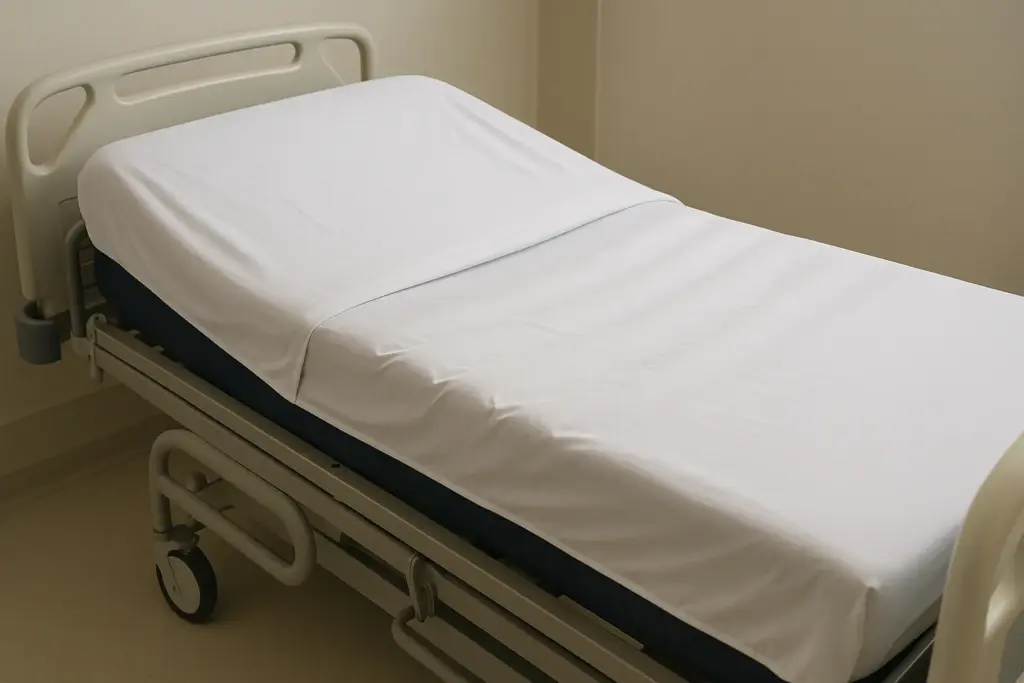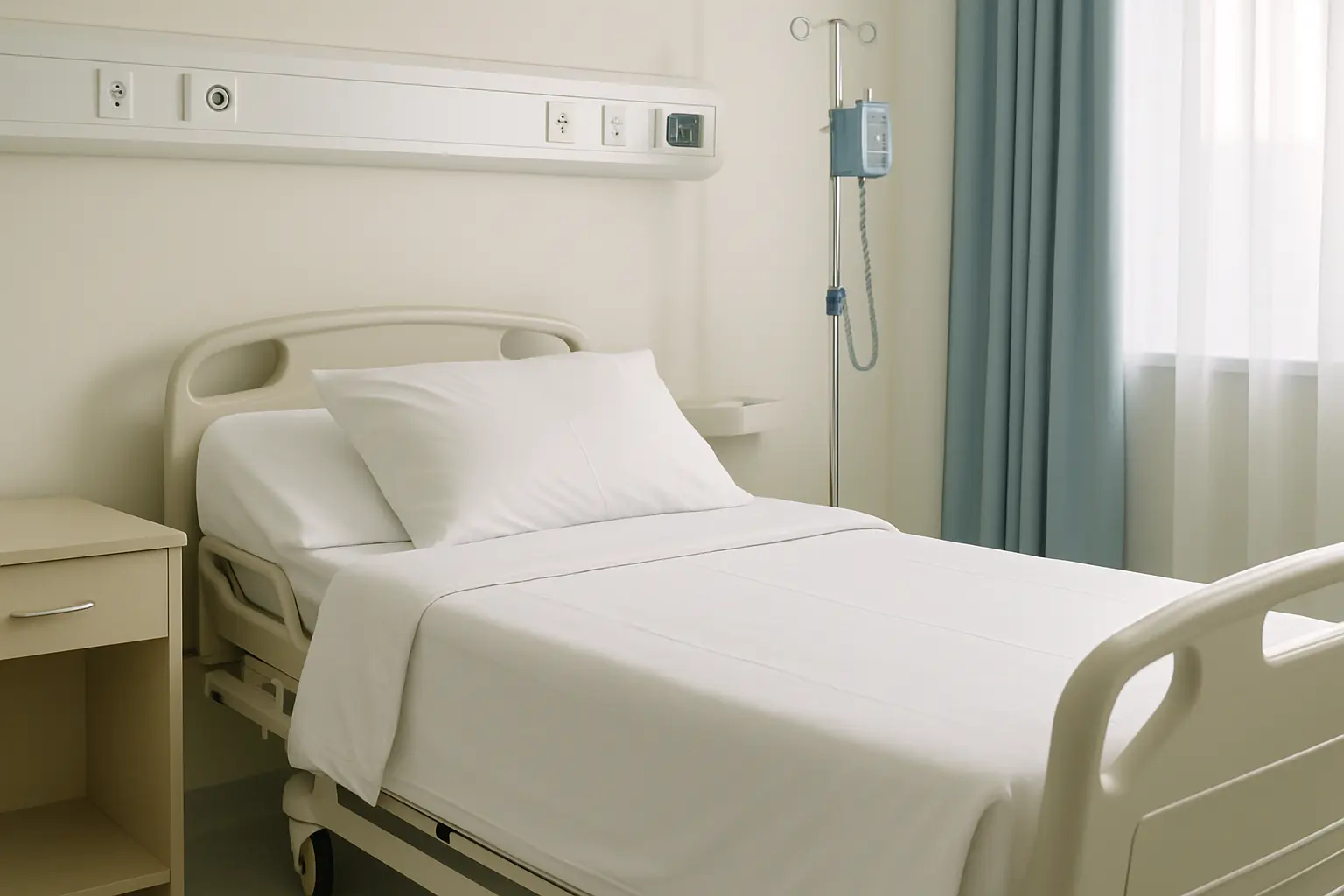Hospital bedding plays a critical role in patient care, recovery, and overall healthcare experience. While it may seem like a simple component, hospital bedding is specifically designed to meet stringent healthcare standards, ensuring patient safety, comfort, and hygiene.
The Importance of Hospital Bedding
Hospital beds and bedding are not ordinary household items. They are engineered to handle unique healthcare requirements, such as infection control, ease of cleaning, pressure ulcer prevention, and patient comfort. High-quality bedding contributes significantly to patient recovery by enhancing comfort, reducing stress, and facilitating restful sleep.
Types of Hospital Bedding
Hospital bedding typically includes:
- Mattresses: Designed to provide adequate support, reduce pressure points, and prevent bedsores. Specialized mattresses include foam, air, and gel-based variants, each suited for different medical needs.
- Sheets and Covers: Usually made from antimicrobial materials, hospital sheets and covers are durable, easy to clean, and resistant to frequent washing and sterilization processes.
- Pillows and Pillowcases: Pillows in hospitals are often hypoallergenic, washable, and ergonomically designed to support patients with varying medical conditions.
- Protective Covers: Waterproof covers and mattress protectors are crucial for maintaining hygiene and preventing contamination.In addition to being waterproof, these covers are often required to be breathable (to reduce patient discomfort and skin issues) and easy to wipe and disinfect.
Key Features
Hospital bedding must meet several critical criteria:
- Infection Control: Hospital bedding materials are frequently treated with antimicrobial agents to minimize infection risks. Bedding must withstand rigorous washing and sterilization processes without deteriorating.
- Comfort and Ergonomics: Comfort is essential for patient recovery. Bedding must be soft yet supportive, reducing stress and promoting restful sleep.
- Durability and Maintenance: Hospital bedding undergoes frequent washing and sterilization cycles, requiring materials that are robust and long-lasting.
- Safety and Compliance: Bedding must comply with stringent healthcare regulations, including fire-retardant standards and hypoallergenic requirements(like OEKO-TEX Standard 100 Certification).

Innovations
Recent advancements have introduced smart bedding technologies, including sensor-equipped mattresses that monitor patient movement, temperature, and vital signs. These innovations help healthcare professionals provide timely interventions and improve patient outcomes.
Environmental Considerations
Sustainability is increasingly important in hospital bedding manufacturing. Eco-friendly materials, recyclable fabrics, and energy-efficient production processes help reduce environmental impact without compromising quality or safety.
At the heart of these innovations and standards are dedicated bedding manufacturers. As a bedding manufacturer myself, I understand the meticulous attention to detail required to produce hospital bedding that meets healthcare standards, ensuring patient comfort and safety. Our mission is to continuously enhance patient care through the quality and innovation of our bedding products, contributing positively to patient recovery and healthcare efficiency.


Leave a Reply